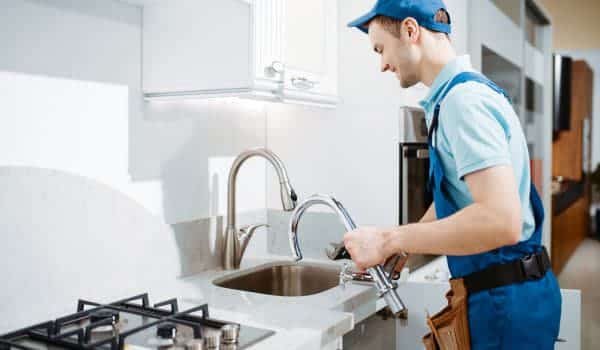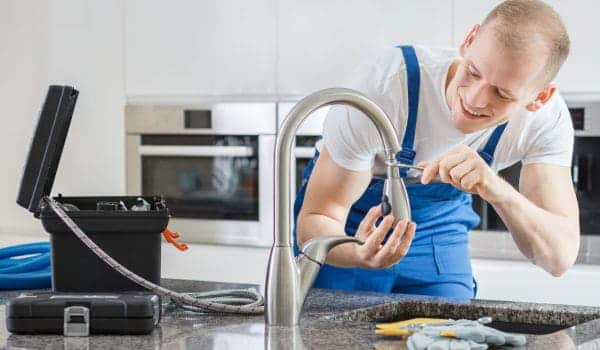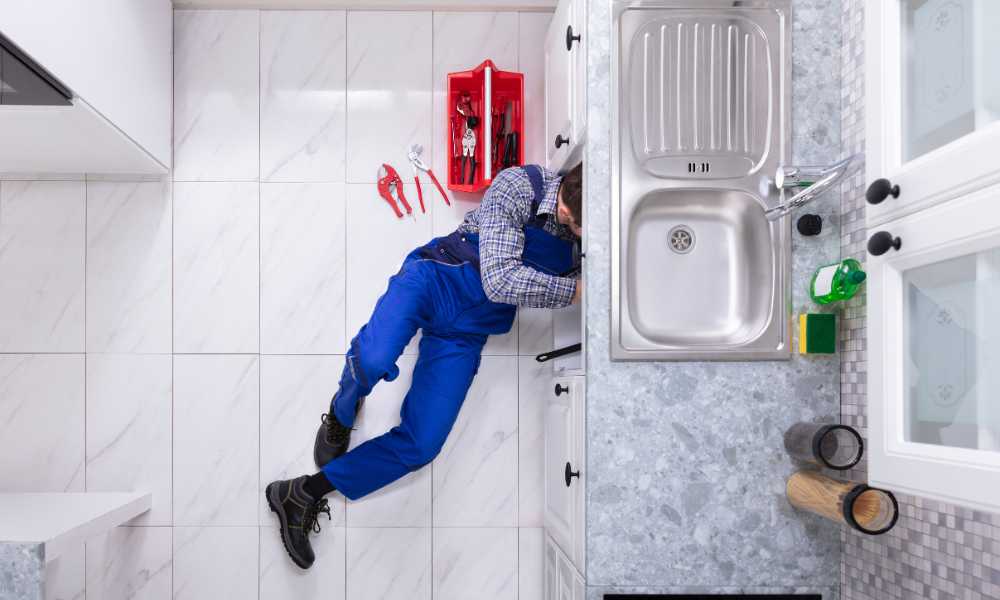A functional kitchen faucet is a crucial component in any household, playing a pivotal role in daily activities such as cooking, cleaning, and dishwashing. Its significance becomes apparent when we consider the convenience and efficiency it brings to our daily routines.
From washing hands to filling pots and pans, a reliable kitchen is essential for maintaining a smoothly operating kitchen environment. Despite their durability, kitchens may need replacements for various reasons. Over time, wear and tear can lead to leaks, reduced water flow, or other malfunctions. Aesthetic preferences and evolving kitchen designs may also prompt homeowners to upgrade to a newer, more stylish one.
Additionally, addressing issues promptly can prevent water waste and potential damage to the surrounding fixtures. In light of these considerations, knowing how to replace a kitchen is a valuable skill that ensures the continued functionality and aesthetics of the kitchen space.
Preparation

In the journey of replacing a kitchen, thorough preparation is the cornerstone to a successful and hassle-free process.
Gather the Necessary Tools and Materials
To embark on this endeavor, assemble a toolkit comprising essential items. An adjustable wrench ensures versatility in dealing with various nuts during installation. Plumber’s tape, also known as Teflon tape, proves indispensable for creating secure, leak-free seals on threaded connections.
The inclusion of a plunger anticipates and addresses potential drain blockages that may impede progress. Furthermore, having a bucket or towels on standby is essential to manage any residual water, maintaining a neat and organized workspace.
Turn Off the Water Supply
A pivotal step in this preparation phase is locating and closing the shut-off valves beneath the sink. By turning these valves clockwise, the water supply is effectively cut off, mitigating the risk of leaks and ensuring a safe working environment.
Clear the Sink Area
Before delving into the replacement process, create an uncluttered workspace by removing dishes and utensils from the sink area. This not only facilitates easy access to components but also minimizes the potential for accidental damage to items in the vicinity.
In essence, meticulous preparation sets the stage for a smooth and efficient kitchen replacement, ensuring that the subsequent steps unfold with ease and precision.
Removing the Old Faucet

To begin the process of replacing your kitchen, the first step is to carefully dismantle the existing fixture.
Disconnect Water Supply Lines
Start by shutting off the water valves located beneath the sink. This precautionary measure prevents any water leakage during the removal process. Using an adjustable wrench, proceed to disconnect the water lines, ensuring a secure and controlled detachment.
Remove the Old Faucet
The old is typically secured with nuts and bolts. Using the adjustable wrench, loosen and remove these fasteners. Once freed, gently lift out the old from its mounting holes in the sink. This step requires careful handling to avoid damage to surrounding surfaces.
Clean the Sink Area
With the old removed, take the opportunity to clear the sink area of any debris or residue. A clean workspace not only facilitates the installation of the new but also ensures optimal hygiene in the kitchen. Additionally, if there are any drain blockages, use a plunger to address them, promoting unobstructed water flow.
This systematic approach to removing the old sets the stage for a successful installation of the new fixture, combining precision with cleanliness for an effective upgrade in your kitchen.
Installing the New Faucet

Installing a new kitchen faucet requires careful attention to detail and adherence to manufacturer guidelines to ensure a smooth and leak-free operation.
Preparing the New Faucet
Before beginning the installation, thoroughly review the manufacturer’s instructions provided with the new faucet. These guidelines often contain specific details and steps tailored to the particular model. Additionally, apply plumber’s tape to threaded connections on the faucet. This tape enhances the seal, minimizing the risk of leaks and ensuring a secure connection.
Placing the New Faucet
Gently insert the new faucet into the mounting holes on the sink. Take care to align it properly to ensure a snug fit. Secure the in place by tightening the nuts and bolts. Using the adjustable wrench, ensure that the fasteners are adequately tightened to prevent any movement or instability.
Connecting Water Supply Lines
Connect the hot and cold water lines from the new faucet to their corresponding valves beneath the sink. Use the adjustable wrench to tighten these connections securely. This step is crucial for preventing leaks and ensuring a reliable water supply to the new faucet.
Checking for Leaks
Turn on the water supply gradually and observe the entire system for any signs of leaks. Check the connections, both at the threaded joints and the water supply lines. If leaks are detected, promptly tighten the connections with the adjustable wrench. Thoroughly inspect the entire assembly, including beneath the sink, to catch any overlooked issues.
By following these meticulous steps during the installation process, homeowners can enjoy the benefits of a properly installed and fully functional kitchen faucet. Regular maintenance and adherence to manufacturer guidelines contribute to the longevity and efficiency of the new fixture.
Final Steps

With the new kitchen faucet successfully installed, the final steps ensure its functionality and address any remaining tasks.
Test the Functionality of the New Faucet
Run both hot and cold water through the faucet to verify proper flow and temperature control.
Check the handles and spout for smooth operation, ensuring that the faucet functions as intended. This step helps identify any issues that may require adjustment before regular use.
Clean Up and Discard Old Faucet
Dispose of the old faucet responsibly. Clean the sink area thoroughly, removing any debris or materials left from the installation process. This not only enhances the overall appearance of the kitchen but also ensures a sanitary environment.
Address Any Unforeseen Issues
If unforeseen issues arise during testing or cleanup, promptly address them. Common problems may include leaks, unusual noises, or improper water flow. Troubleshoot and resolve issues systematically. This may involve tightening connections, adjusting components, or seeking professional assistance if needed.
Conclusion
The successful replacement of a kitchen faucet involves meticulous preparation, systematic removal of the old fixture, and careful installation of the new unit. The final steps, encompassing functional testing, cleanup, and addressing any unexpected issues, ensure that the new faucet operates efficiently and meets expectations.
Regular maintenance and prompt resolution of problems contribute to the longevity and optimal performance of the kitchen fixture. By following these steps, homeowners can enjoy the benefits of a functional and aesthetically pleasing kitchen faucet in their daily activities.





